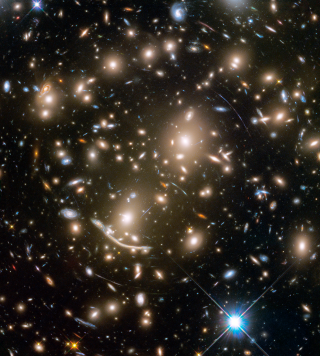Bibcode
Zarattini, S.; Biviano, A.; Aguerri, J. A. L.; Girardi, M.; D'Onghia, E.
Bibliographical reference
Astronomy and Astrophysics
Advertised on:
11
2021
Journal
Citations
12
Refereed citations
11
Description
Aims: We aim to study how the orbits of galaxies in clusters depend on the prominence of the corresponding central galaxies.
Methods: We divided our data set of ∼100 clusters and groups into four samples based on their magnitude gap between the two brightest members, Δm12. We then stacked all the systems in each sample in order to create four stacked clusters and derive the mass and velocity anisotropy profiles for the four groups of clusters using the MAMPOSSt procedure. Once the mass profile is known, we also obtain the (non-parametric) velocity anisotropy profile via the inversion of the Jeans equation.
Results: In systems with the largest Δm12, galaxy orbits are generally radial, except near the centre, where orbits are isotropic (or tangential when also the central galaxies are considered in the analysis). In the other three samples with smaller Δm12, galaxy orbits are isotropic or only mildly radial.
Conclusions: Our study supports the results of numerical simulations that identify radial orbits of galaxies as the cause of an increasing Δm12 in groups.
Related projects

Galaxy Evolution in Clusters of Galaxies
Galaxies in the universe can be located in different environments, some of them are isolated or in low density regions and they are usually called field galaxies. The others can be located in galaxy associations, going from loose groups to clusters or even superclusters of galaxies. One of the foremost challenges of the modern Astrophysics is to
Jairo
Méndez Abreu